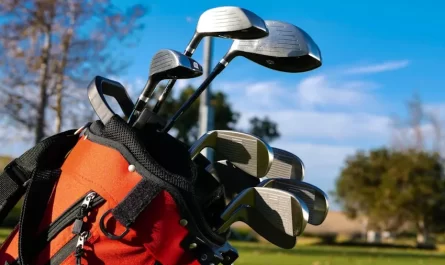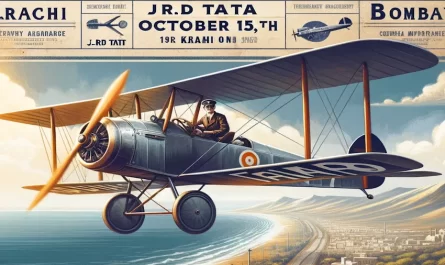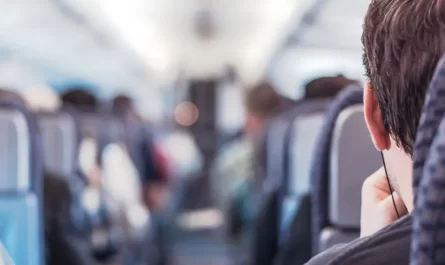First Aid Kits on Flights: Inside an Airplane’s Emergency Medical Kit
Contents
Air travel is one of the safest modes of transportation, thanks in part to the rigorous safety and emergency preparedness standards that airlines adhere to. Among these protocols is the provision of first aid kits and medical equipment on flights, ensuring that both minor medical issues and more serious emergencies can be addressed mid-flight. This article delves into the medical resources available on planes, the training of cabin crew in first aid, and how medical emergencies are handled in the air.
The FAA mandates that emergency medical kits, often referred to as EMKs, must include essential life-saving items. This list encompasses various critical tools and medications, such as a stethoscope, aspirin, a blood pressure cuff, and epinephrine for managing allergic reactions. It’s important to highlight that while these kits are equipped to administer epinephrine, the regulations do not specifically mandate the inclusion of an EpiPen, the auto-injectable form of epinephrine.
What Medical Equipment Do Planes Carry?
Commercial aircraft are equipped with comprehensive medical kits designed to meet the needs of potential medical emergencies during a flight. These kits often exceed the basic first aid kit you might find in an office or home. The contents are regulated by aviation authorities like the Federal Aviation Administration (FAA) in the United States and similar bodies worldwide, ensuring that they contain vital medicines, devices, and supplies. This can include a range of items from pain relievers and antihistamines to more advanced equipment like automatic external defibrillators (AEDs), which can be life-saving in cases of cardiac arrest.
How Many First Aid Kits Are in an Aircraft?
The number of first aid kits on an aircraft can vary depending on the size of the plane and the airline’s regulations. However, there is typically at least one emergency medical kit that is more comprehensively equipped, along with several smaller first aid kits distributed throughout the cabin. These smaller kits are meant for treating minor injuries or illnesses and are more accessible to the cabin crew during the flight.
What Happens If There’s a Medical Emergency on a Plane?
In the event of a medical emergency, cabin crew members are trained to assess the situation quickly and provide the necessary first aid. For more severe cases, they can use the plane’s communication system to consult with medical professionals on the ground. In some instances, there may be medically trained passengers on board, such as doctors or nurses, who can volunteer to assist. If the medical emergency is deemed critical, the pilot may decide to divert the flight to the nearest airport to get the passenger the medical attention they need.
Do Flight Attendants Know First Aid?
Yes, cabin crew members undergo extensive training in emergency first aid procedures as part of their job requirements. This training is comprehensive and includes the use of all medical equipment on board, such as AEDs and oxygen tanks. Flight attendants are retrained and recertified regularly to ensure their skills and knowledge are up-to-date.
Availability of Therapeutic Oxygen
Therapeutic oxygen is universally carried on commercial flights, typically in portable oxygen cylinders. These are equipped with a regulator and mask, ready to be deployed if a passenger experiences difficulty breathing or other conditions where supplemental oxygen is needed. The availability of therapeutic oxygen can be crucial for passengers with specific medical conditions or in situations where cabin pressure changes cause discomfort.
What emergency medical equipment must air carriers carry?
Air carriers are required to carry specific emergency medical equipment, including:
- sphygmomanometer
- stethoscope
- Oropharyngeal airways in three sizes: pediatric, small adult, and large adult (or equivalent), totaling three
- A self-inflating manual resuscitation device accompanied by three masks: one pediatric, one small adult, and one large adult (or equivalent)
- Three CPR masks in sizes: pediatric, small adult, and large adult (or equivalent)
- An IV Administration Set with tubing and two Y connectors
- Two alcohol sponges
- roll of 1-inch standard adhesive tape
- pair of tape scissors
- tourniquet
- 500 cc saline solution
- pair of protective nonpermeable gloves (or equivalent)
- needles in sizes 18 ga., 20 ga., and 22 ga. (two of each size, or sizes necessary for administering required medications)
- syringes: one 5 cc and two 10 cc (or sizes necessary for administering required medications)
- analgesic, non-narcotic tablets, 325 mg
- antihistamine tablets, 25 mg
- doses of antihistamine injectable, 50 mg (single dose ampule or equivalent)
- doses of Atropine, 0.5 mg in 5 cc (single dose ampule or equivalent)
- aspirin tablets, 325 mg
- bronchodilator, inhaled (metered dose inhaler or equivalent)
- dose of dextrose, 50%/50 cc injectable (single dose ampule or equivalent)
- doses of epinephrine 1:1000, 1 cc, injectable (single dose ampule or equivalent)
- doses of epinephrine 1:10,000, 2 cc, injectable (single dose ampule or equivalent)
- doses of Lidocaine, 5 cc, 20 mg/ml, injectable (single dose ampule or equivalent)
- nitroglycerine tablets, 0.4 mg
- Basic instructions for the use of the drugs in the kit
The well-being of passengers is a top priority for airlines, reflected in the comprehensive medical preparations made for every flight. From fully stocked first aid kits to the extensive training received by the cabin crew, airlines are equipped to handle a range of medical emergencies in the air. Knowing that these safety measures are in place can provide passengers with peace of mind when flying, ensuring a safer and more comfortable travel experience.
Stay Healthy while TravelingWhat vaccines do I need before I travel?
Medications to Take on Every Trip
Travelers Thrombosis: Blood clots in the leg veins
Flight Anxiety: Overcome fear of flying
Flying with Food Allergies
In-Flight Emergencies: Airplane’s Medical Kit
Flying with EpiPens
Can I use my health insurance overseas?
What to do if you get sick during a flight
How can I prevent malaria when traveling?
Preventing Travel Dangers: Tips and Strategies
How to Avoid Motion Sickness on Airplanes
Flying with Medication: Dos and Don'ts
The food to Avoid While Flying
Tips on Staying Healthy While Traveling
Things Not to Wear on a Airplane
How Clean is Your Airplane?



